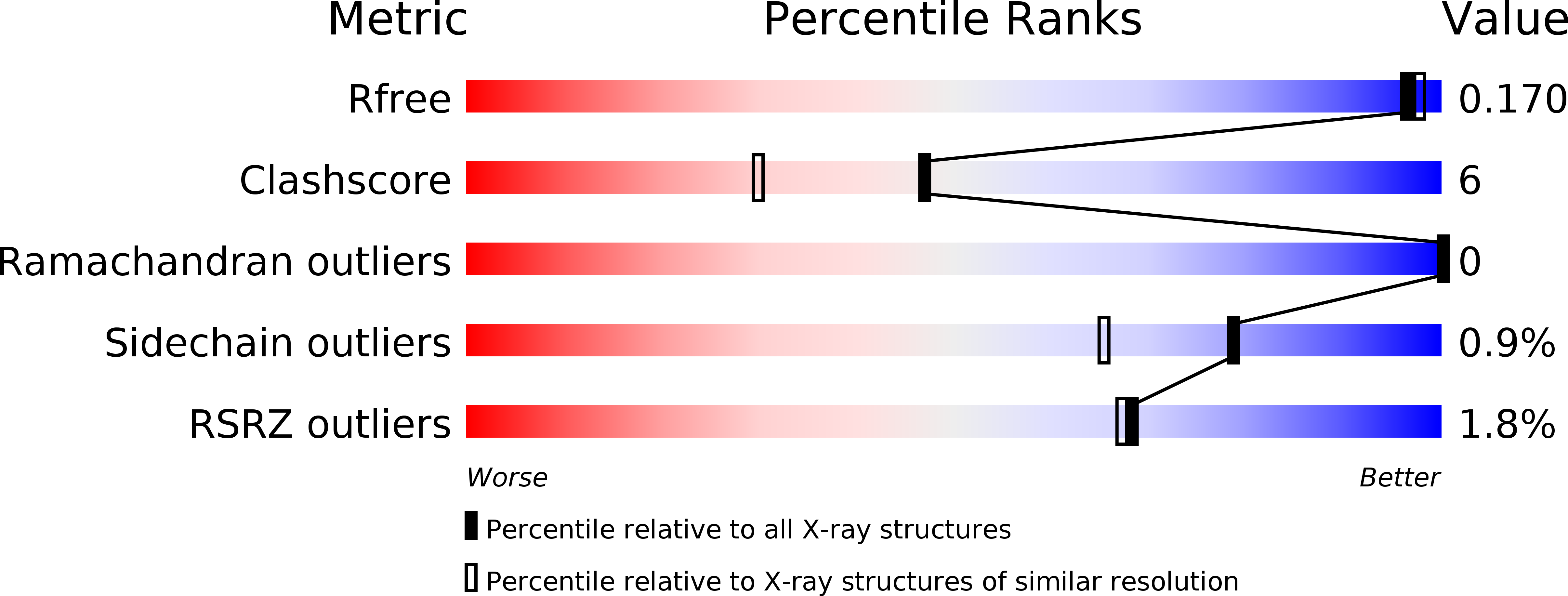
Deposition Date
2019-01-17
Release Date
2019-03-20
Last Version Date
2023-10-11
Entry Detail
PDB ID:
6NPM
Keywords:
Title:
Crystal structure of Epstein-Barr Virus Nuclear Antigen-1, EBNA1, bound to fragments
Biological Source:
Source Organism:
Epstein-Barr virus (strain B95-8) (Taxon ID: 10377)
Host Organism:
Method Details:
Experimental Method:
Resolution:
1.60 Å
R-Value Free:
0.16
R-Value Work:
0.14
R-Value Observed:
0.14
Space Group:
P 21 21 21


